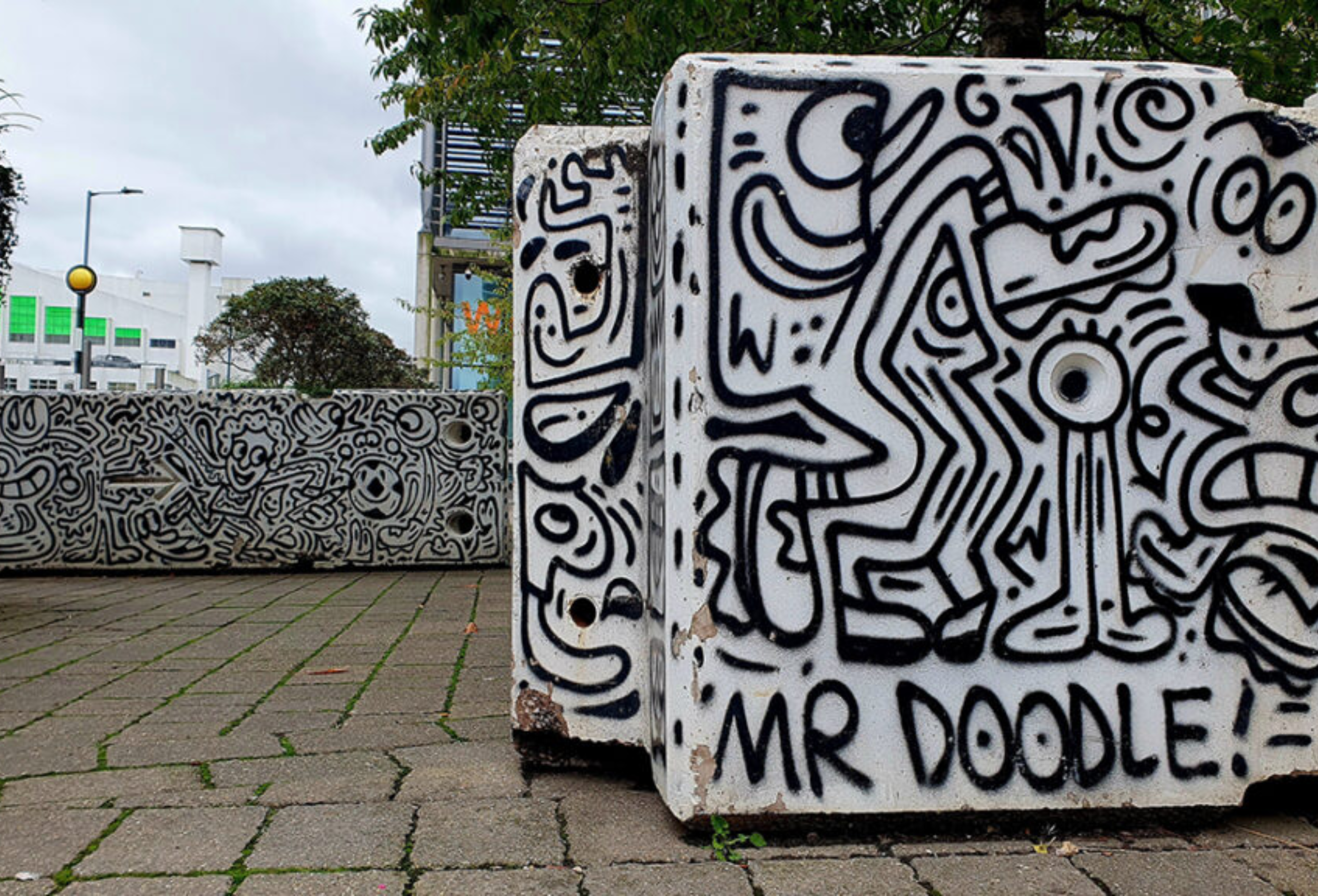Doodle Art in Contemporary Expression
Doodle art, once dismissed as idle scribbles, has evolved into a respected and expressive form of artistic creation. Found everywhere from the margins of notebooks to sprawling mural walls, doodle art is now recognized for its spontaneity, complexity, and capacity for storytelling. In both street art and fine art contexts, doodling has become a powerful visual language that merges playfulness with detail, often reflecting the inner workings of the artist’s mind.
Introduction to Doodle Art
Doodle art refers to spontaneous, freeform drawing—often composed of lines, shapes, patterns, characters, or abstract designs. What distinguishes it from other art forms is its improvisational nature. There is rarely a preconceived plan; instead, the artwork evolves organically, one line or idea leading naturally to the next. While it may seem simple at first glance, doodle art can be incredibly intricate, meditative, and deeply personal.
Originally associated with daydreaming or distraction, doodling has gained legitimacy as an intentional artistic technique. It allows artists to express themselves freely without rigid structure or formal training, making it especially appealing to those drawn to creativity through instinct rather than rules.
Defining the Style
Doodle art is characterized by repetitive patterns, whimsical characters, abstract shapes, and often surreal, fantastical elements. Unlike traditional drawing, which typically follows a realistic or representational approach, doodling embraces spontaneity and imagination. Some doodles are minimalistic, while others are densely packed compositions that fill entire surfaces with continuous flow.
Many doodle artists work in black and white, relying on pen or ink for contrast and clarity, but vibrant color schemes are also common. The style is often playful and humorous, with figures or words appearing unexpectedly among the lines and patterns. This layered, dreamlike quality allows viewers to interpret the work in many different ways, making doodle art both accessible and deeply engaging.
Tools and Materials
One of the most accessible forms of art, doodling requires very few tools. It can be created virtually anywhere, from sketchbooks to digital platforms, sidewalks to public murals. Common materials include:
- Pens and Markers: Fine-tip pens, gel pens, or permanent markers are popular for their precision and strong lines. Artists often favor black ink for a bold, graphic finish.
- Paper or Sketchbooks: While doodling can start on scrap paper, many artists use sketchbooks as visual journals to build a cohesive collection of ideas.
- Paint Pens and Acrylics: For doodle murals or larger formats, artists may use paint pens, acrylic markers, or brushes to scale their work to public surfaces.
Digital Tools: With the rise of digital illustration, many artists now doodle using tablets and design software, opening new possibilities for animation, layering, and editing.
Doodle Art in Street Culture
In street art, doodling often appears as large-scale murals or layered paste-ups that maintain the same energetic, unfiltered essence of its notebook beginnings. Artists like Mr. Doodle (UK) and Jon Burgerman (USA/UK) have brought doodle art into public spaces and galleries alike, transforming chaotic, whimsical lines into immersive environments.
Ultimately, doodle art celebrates freedom, flow, and creativity without boundaries. It reflects the artist’s stream of consciousness and invites the viewer to lose themselves in a maze of lines, patterns, and playful invention. Whether used in street art or personal notebooks, doodle art continues to grow as a lively and democratic form of visual expression.
